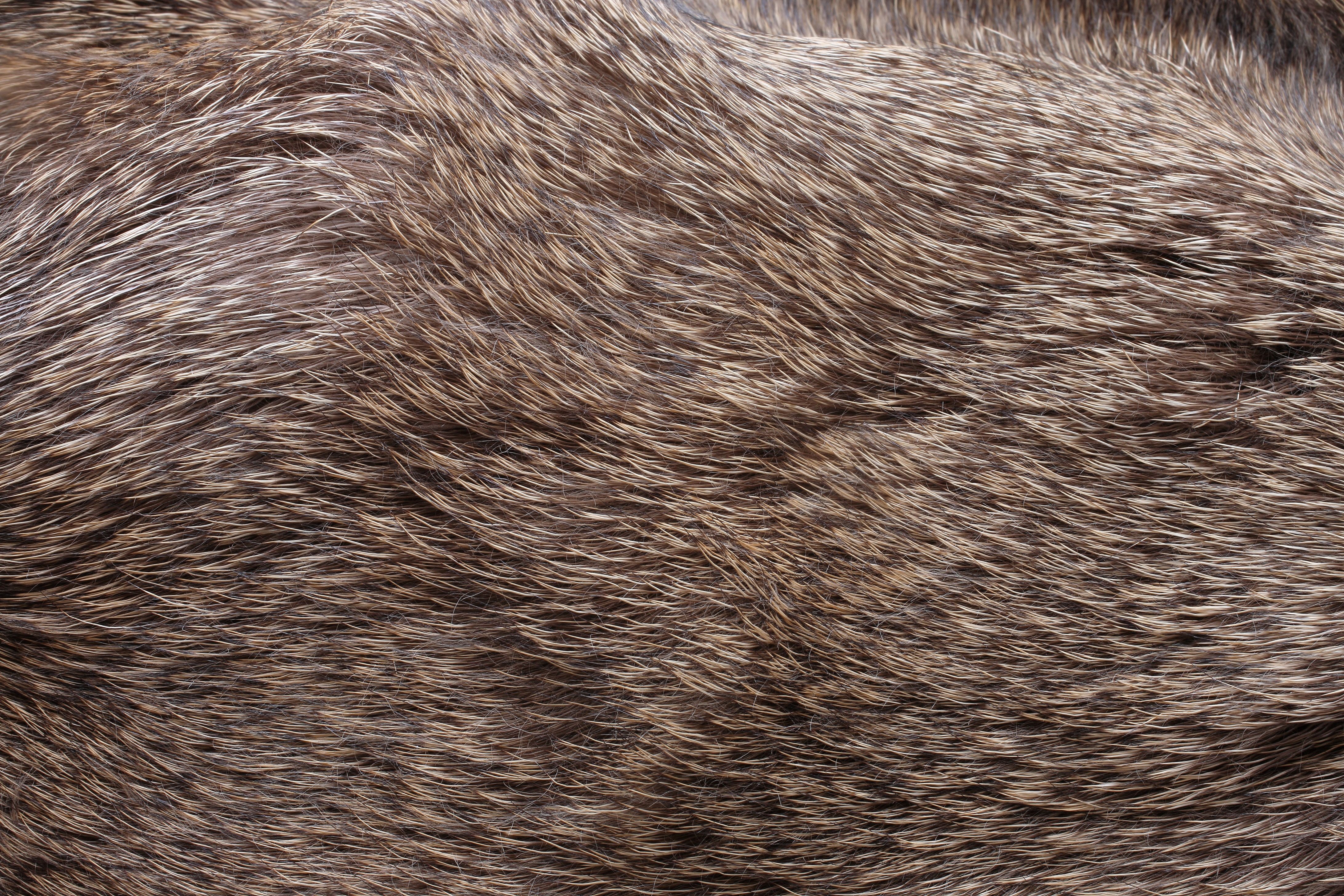Proteotypic Peptides of Hairs Can Be Used for Species Identification Using Mass Spectrometry
A new published study introduces a simple and fast way to differentiate between animal species based on their hair. The in-sample digestion method coupled with mass spectrometry analysis was successfully tested on multiple species.
A new method called "in-sample digestion" for identifying animal species based on their hair has been introduced by researchers at the University of Chemistry and Technology in Prague. The technique uses specific tryptic cleavage directly in hair followed by matrix-assisted laser desorption/ionization–time of flight mass spectrometry and liquid chromatography-electrospray ionization quadrupole time of flight. The study analyzed 10 European animal species and 17 different breeds of dogs and was able to distinguish among individual animal species with the help of characteristic m/z values obtained by mass spectrometry.
animal hair | Image Credit: © Esther - stock.adobe.com

Tryptic cleavage directly in hair is a technique used to break down proteins found in hair samples into smaller fragments called proteotypic peptides. These peptides can be analyzed using mass spectrometry techniques, such as matrix-assisted laser desorption/ionization-time of flight (MALDI-TOF) and liquid chromatography-electrospray ionization quadrupole time of flight (LC-ESI-QTOF) mass spectrometry.
MALDI-TOF mass spectrometry is a method of ionizing peptides and detecting their mass-to-charge ratios, while LC-ESI-QTOF mass spectrometry is a technique that separates peptides based on their chemical properties before ionizing and detecting them.
Both methods are used to identify characteristic peptides that can be used to distinguish between different animal species. This approach has the potential to offer a faster and more accurate way to identify animal species based on their hair, compared to traditional methods that rely on morphological or genetic analyses.
The in-sample digestion technique used in this study involves directly treating hair samples with the enzyme trypsin, which breaks down proteins into smaller peptides. This approach is faster and more efficient than other digestion methods that require extraction and purification of proteins before analysis.
The researchers believe that the method can serve as an alternative or complementary tool to the current expensive and time-consuming methods used for species differentiation of animal hairs. This innovative approach could offer a new tool to help prevent illegal wildlife trade, as animal hairs are commonly found in traded wildlife products. The method could also be used to detect fraud in the food industry by identifying the source of animal products used in food products, especially in cases where adulteration is suspected.
The study was published in the Journal of Separation Science, and the authors hope that the findings will be useful for forensic investigations and food control (1). The researchers suggest that the method could be further optimized and expanded to other animal species and hair types, paving the way for its future use in forensic and food control applications.
Reference
(1) Kuckova, S.; Smirnova, T. A.; Straka, D.; Meledina, A.; Santrucek, J.; Humpolakova, K.; Hoskova, M.; Cejnar, P.; Hynek, R. Proteotypic peptides of hairs for the identification of common European domestic and wild animal species revealed by in-sample protein digestion and mass spectrometry analysis. J. Sep. Sci. 2023. DOI: https://doi.org/10.1002/jssc.202300064
Analytical Challenges in Measuring Migration from Food Contact Materials
November 2nd 2015Food contact materials contain low molecular weight additives and processing aids which can migrate into foods leading to trace levels of contamination. Food safety is ensured through regulations, comprising compositional controls and migration limits, which present a significant analytical challenge to the food industry to ensure compliance and demonstrate due diligence. Of the various analytical approaches, LC-MS/MS has proved to be an essential tool in monitoring migration of target compounds into foods, and more sophisticated approaches such as LC-high resolution MS (Orbitrap) are being increasingly used for untargeted analysis to monitor non-intentionally added substances. This podcast will provide an overview to this area, illustrated with various applications showing current approaches being employed.
Study Explores Thin-Film Extraction of Biogenic Amines via HPLC-MS/MS
March 27th 2025Scientists from Tabriz University and the University of Tabriz explored cellulose acetate-UiO-66-COOH as an affordable coating sorbent for thin film extraction of biogenic amines from cheese and alcohol-free beverages using HPLC-MS/MS.
Quantifying Microplastics in Meconium Samples Using Pyrolysis–GC-MS
March 26th 2025Using pyrolysis-gas chromatography and mass spectrometry, scientists from Fudan University and the Putuo District Center for Disease Control and Prevention detected and quantified microplastics in newborn stool samples.






